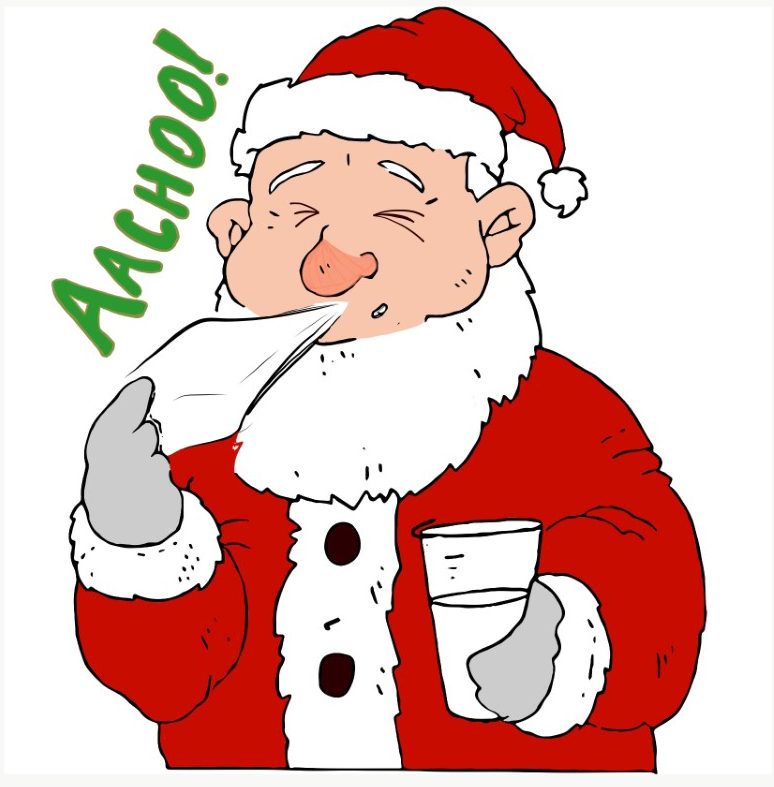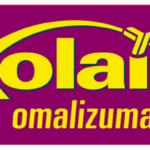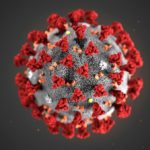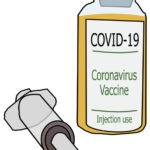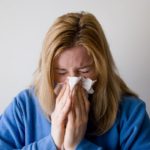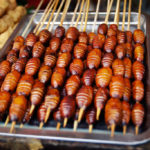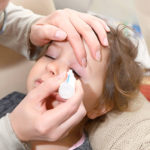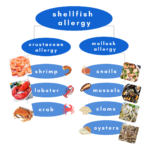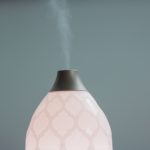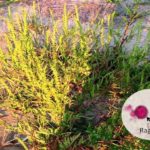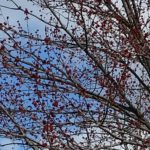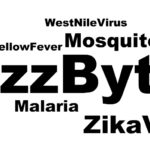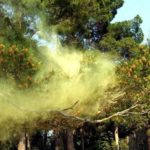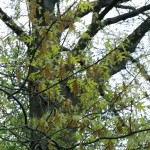Christmas Tree Allergies – Bah Hum “Bugs”, Not Really
By Dr. Marc F. Goldstein, Board-Certified Allergist at The Asthma Center (Philadelphia PA, Mt. Laurel NJ)
Are Christmas tree allergies getting in the way of the “most wonderful time of the year?” Read on for some easy fixes for this common problem:
Many allergy sufferers see increased allergies during the holiday season. Common problems of “Christmas Tree Syndrome” include:
- release of allergic evergreen pollen and other pollens embedded in tree cones
- mold at the base of the tree
- dust from old decorations
- and many more.
In fact, a 2011 study found that more than 50 types of mold were found on researchers’ own Christmas trees, 70% of which could be potentially harmful to those with allergies. Symptoms of these allergies that often arise include nose congestion, itching, water discharge and/or repeated sneezing.
A similar reaction can also occur in response to pine pollen or other pollen trapped in pine cones. Some may experience contact skin reactions (rashes, itchy skin) after touching tree needles or sap. Good ways to avoid/minimize this reaction are to use gloves when handling the tree, shake the tree vigorously, and hose it down before use.
Poinsettias are also popular holiday flowers that have a component similar to latex and thus skin contact with these can aggravate people with latex allergies as well.
Top 8 Tips to Avoid Christmas Tree Allergies & Asthma
- Clean Your Christmas Tree. Before you bring your Christmas tree inside, be sure to shake it out, rinse it off with a hose, and let it dry! With fresh cut trees, pay special attention to the bottom of the tree because this is where the most pollen, dirt and mold are found. With artificial trees, dust which may have collected throughout the year can be a potential allergy & asthma trigger as well, so be sure to clean these trees before decorating.
- Minimize the time that your tree is inside the house. Try waiting until a few days before Christmas to bring the tree inside, and removing it one to two days after Christmas.
- Dust and Clean ornaments, wreathes, and garlands before decorating. As with Christmas trees, dust on ornaments can trigger symptoms as well. When storing them again after the holiday season, use an airtight container and store in a dry spot, if possible.
- Consider using an artificial tree. Be sure to dust and clean this, for example by using a damp cloth, as well before using. Avoid spraying pine scent or fragrance on the tree.
- Avoid scented candles, pot pourri and aerosol sprays. These can irritate the noses and throats of people with allergies.
- Avoid fireplaces, ash & smoke–this can present particular problems for those with asthma.
- Avoid touching wreathes, garlands and trees if you have sensitive skin or severe allergies. This can result in a red/itchy rash (contact dermatitis).
- If you are going to another person’s house for a socially distanced gathering, there is still a chance of developing allergic reactions to the host’s trees and holiday decorations. Try discussing a plan with your allergist before you go; this might include taking something like an antihistamine before you go.
Christmas Tree Bugs
A recent report estimates that a single Christmas tree could be infested with thousands of bugs including aphids, spiders and mites, bark beetles, praying mantises, and more! While unwanted and perhaps unpleasant, these microscopic insects are often not health threats. To avoid these, we recommend letting fresh trees sit inside your garage for at least one day before bringing it inside. Additionally, some individuals find it helpful to spray organic neem oil on a Christmas tree. This oil can kill bugs in all stages (from eggs to adults). A diluted form of bleach (try one part bleach to 20 parts water) on trees can help kill mold and insects. The smell of bleach, however, can also be irritating to the airways.
How Allergists Can Help
Board-certified adult and pediatric allergists can help patients minimize Christmas allergies, asthma, and sinus problems. Using minimally invasive in-house diagnostics, like allergy skin testing, breathing tests, and knowledge of local allergy triggers like dust, pine tree pollen, ragweed and mold, our allergists at The Asthma Center can develop personalized plans that treat not only the symptoms but also find the cause of allergies. Several treatment options, including allergy immunotherapy, are effective and offer non-drowsy solutions. The board-certified allergy and asthma specialists at The Asthma Center treat patients in 4 convenient locations throughout the Delaware Valley.
Recent
Popular

